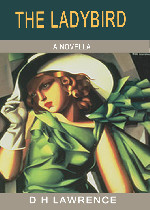
The Ladybird is a long tale or novella by D. H. Lawrence. It was first drafted in 1915 as a short story entitled The Thimble. Lawrence rewrote and extended it under a new title in December 1921 and sent the final version to his English agent on 9 January 1922. It was collected with two other tales, The Captain's Doll and The Fox, and the three novellas were then published in London by Martin Secker in March 1923 under the title The Ladybird and in New York by Thomas Seltzer as The Captain's Doll in April 1923.
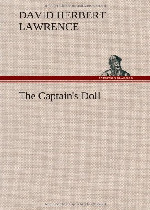
The Captain's Doll(船长的玩偶) 立即阅读
The Captain's Doll is a short story or novella by the English author D. H. Lawrence. It was written in 1921 and first published by Martin Secker in March 1923 in a volume with The Ladybird and The Fox. It was the basis of the 1983 TV film of the same name with Jeremy Irons as the Captain. The story chronicles the journey of fallen German aristocrat Countess Johanna 'Hannele' zu Rassentlow as she dates a Scottish officer of unusual philosophy. The relationship develops into one of D. H. Lawrence's idiosyncratic 'wicked triangles'.
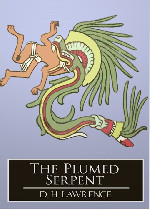
The Plumed Serpent is a 1926 novel by D. H. Lawrence. Set in Mexico during the Mexican Revolution, it was begun when the author was living at what is now the D. H. Lawrence Ranch near Taos in the U.S. state of New Mexico in 1924, accompanied by his wife Frieda and artist Dorothy Brett. Lawrence wanted to call the book "Quetzalcoatl", after the Aztec god of that name, but his publisher Knopf found the name strange and insisted on "The Plumed Serpent", a title Lawrence disliked.
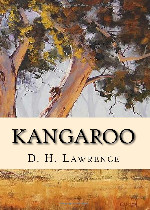
Kangaroo is an account of a visit to New South Wales by an English writer named Richard Lovat Somers and his German wife Harriet in the early 1920s. This appears to be semi-autobiographical, based on a three-month visit to Australia by Lawrence and his wife Frieda, in 1922. The novel includes a chapter ("Nightmare") describing the Somers' experiences in wartime St Ives, Cornwall, vivid descriptions of the Australian landscape, and Richard Somers' sceptical reflections on fringe politics in Sydney.
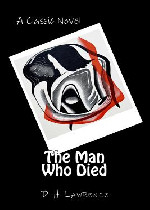
In his last novel, published less than a year before his death, D. H. Lawrence takes up the theme of Christ's resurrection and his final days on earth. Lawrence recounts Christ's agonizing journey from death back to life with alarming realism: his initial painful awakening, the utter disillusionment of living beyond his brutal death, his bewildering encounters with strangers and friends, and finally, his redemptive sexual relationship with the priestess of the pagan goddess Isis.
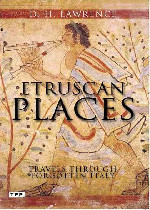
Etruscan Places(伊特鲁里亚的地方) 立即阅读
The Etruscan civilization, which flourished from the eight until the fifth centuries BC in what is now Tuscany, is one of the most fascinating and mysterious in history. An uninhibited, elemental people, the Etruscans enthralled D. H. Lawrence, who craved their "old wisdom," the secret of their vivacity and love of life. The exhilaration of Lawrence in his Etruscan adventures stands in stark contrast to his intimations of the darkness of Mussolini's Italy at a time when Europe was beginning its inexorable drift toward tragedy.
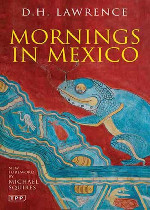
Mornings in Mexico(墨西哥早晨) 立即阅读
Mornings in Mexico is a collection of travel essays by D. H. Lawrence, first published by Martin Secker in 1927. These brief works display Lawrence's gifts as a travel writer, catching the 'spirit of place' in his own vivid manner. Lawrence wrote the first four of these essays at the same time as he was completing and revising his Mexican novel, The Plumed Serpent (1926). Three of the others, about Pueblo Indians, were written earlier in 1924 in New Mexico, and the final piece "A Little Moonshine with Lemon" came later as Lawrence remembered his New Mexico ranch (Kiowa Ranch) from Italy.
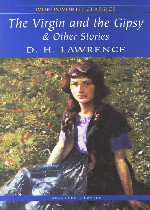
The Virgin and the Gipsy(吉普赛之恋) 立即阅读
The Virgin and the Gipsy is a short novel (or novella) by English author D.H. Lawrence. It was written in 1926 and published posthumously in 1930. Today it is often entitled The Virgin and the Gypsy which can lead to confusion because first and early editions had the spelling "Gipsy". The tale relates the story of two sisters, daughters of an Anglican vicar, who return from finishing school overseas to a drab, lifeless rectory in the East Midlands, not long after the World War I.
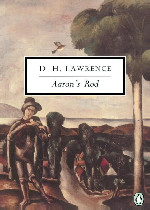
Aaron's rod refers to any of the staff carried by Moses's brother, Aaron, in the Torah. The Bible tells how, along with Moses's rod, Aaron's rod was endowed with miraculous power during the Plagues of Egypt that preceded the Exodus. There are two occasions where the Bible tells of the rod's power.
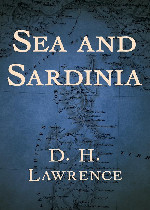
Sea and Sardinia is a travel book by the English writer D. H. Lawrence. It describes a brief excursion undertaken in January 1921 by Lawrence and Frieda, his wife a.k.a. Queen Bee, from Taormina in Sicily to the interior of Sardinia. They visited Cagliari, Mandas, Sorgono, and Nuoro. His visit to Nuoro was a kind of homage to Grazia Deledda but involved no personal encounter. Despite the brevity of his visit, Lawrence distils an essence of the island and its people that is still recognisable today.